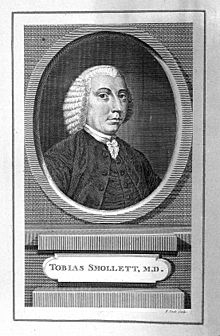
Don Quixote, the full title being The Ingenious Gentleman Don Quixote of La Mancha, is a Spanish novel by Miguel de Cervantes. It was originally published in two parts, in 1605 and 1615. Considered a founding work of Western literature, it is often labelled as the first modern novel. Don Quixote is also one of the most-translated books in the world and one of the best-selling novels of all time.
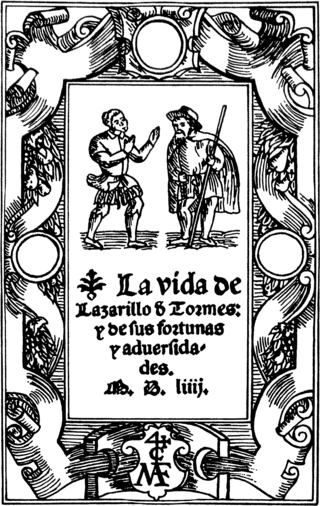
The picaresque novel is a genre of prose fiction. It depicts the adventures of a roguish but "appealing hero", usually of low social class, who lives by his wits in a corrupt society. Picaresque novels typically adopt the form of "an episodic prose narrative" with a realistic style. There are often some elements of comedy and satire. Although the term "picaresque novel" was coined in 1810, the picaresque genre began with the Spanish novel Lazarillo de Tormes (1554), which was published anonymously during the Spanish Golden Age because of its anticlerical content. Literary works from Imperial Rome published during the 1st–2nd century AD, such as Satyricon by Petronius and The Golden Ass by Apuleius had a relevant influence on the picaresque genre and are considered predecessors. Other notable early Spanish contributors to the genre included Mateo Alemán's Guzmán de Alfarache (1599–1604) and Francisco de Quevedo's El Buscón (1626). Some other ancient influences of the picaresque genre include Roman playwrights such as Plautus and Terence. The Golden Ass by Apuleius nevertheless remains, according to different scholars such as F. W. Chandler, A. Marasso, T. Somerville and T. Bodenmüller, the primary antecedent influence for the picaresque genre. Subsequently, following the example of Spanish writers, the genre flourished throughout Europe for more than 200 years and it continues to have an influence on modern literature and fiction.

Sir Arthur Thomas Quiller-Couch was a British writer who published using the pseudonym Q. Although a prolific novelist, he is remembered mainly for the monumental publication The Oxford Book of English Verse 1250–1900 and for his literary criticism. He influenced many who never met him, including American writer Helene Hanff, author of 84, Charing Cross Road and its sequel, Q's Legacy. His The Oxford Book of English Verse was a favourite of John Mortimer's fictional character Horace Rumpole.
Peter Anthony Motteux was a French-born English author, playwright, and translator. Motteux was a significant figure in the evolution of English journalism in his era, as the publisher and editor of The Gentleman's Journal, "the first English magazine," from 1692 to 1694.

Tobias George Smollett was a Scottish writer and surgeon. He was best known for writing picaresque novels such as The Adventures of Roderick Random (1748), The Adventures of Peregrine Pickle (1751) and The Expedition of Humphry Clinker (1771), which influenced later generations of British novelists, including Charles Dickens. His novels were liberally altered by contemporary printers; an authoritative edition of each was edited by Dr O. M. Brack Jr and others.
This article contains information about the literary events and publications of 1760.
This article contains information about the literary events and publications of 1762.

Le Morte d'Arthur is a 15th-century Middle English prose reworking by Sir Thomas Malory of tales about the legendary King Arthur, Guinevere, Lancelot, Merlin and the Knights of the Round Table, along with their respective folklore. In order to tell a "complete" story of Arthur from his conception to his death, Malory compiled, rearranged, interpreted and modified material from various French and English sources. Today, this is one of the best-known works of Arthurian literature. Many authors since the 19th-century revival of the legend have used Malory as their principal source.
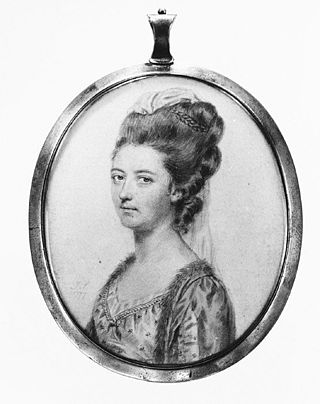
Charlotte Lennox, néeRamsay, was a Scottish author and a literary and cultural critic, whose publishing career flourished in London. Best known for her novel The Female Quixote (1752), she was frequently praised for her genius and literary skill. As a result, Sir Joshua Reynolds painted her portrait and she was featured in "The Nine Living Muses of Great Britain" in 1778. Samuel Johnson declared her superior to all other female writers, and Henry Fielding said that she "excelled Cervantes." Her pioneering study of Shakespeare's source material is still cited and her magazine (1760–1761) is the focus of "The Lady's Museum Project."
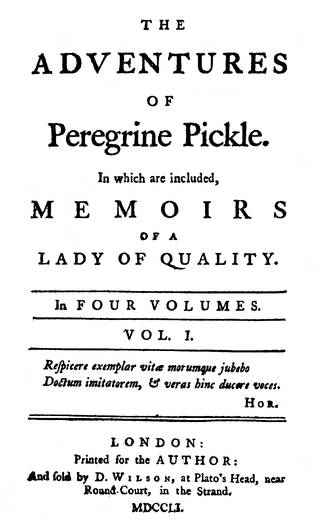
The Adventures of Peregrine Pickle is a picaresque novel by the Scottish author Tobias Smollett, first published in 1751 and revised and published again in 1758. It tells the story of an egotistical man who experiences luck and misfortunes in the height of 18th-century European society.

The Adventures of Roderick Random is a picaresque novel by Tobias Smollett, first published in 1748. It is partially based on Smollett's experience as a naval-surgeon's mate in the Royal Navy, especially during the Battle of Cartagena de Indias in 1741. In the preface, Smollett acknowledges the connections of his novel to the two satirical picaresque works he translated into English: Miguel de Cervantes' Don Quixote (1605–15) and Alain-René Lesage's Gil Blas (1715–47)

Adventure fiction is a type of fiction that usually presents danger, or gives the reader a sense of excitement. Some adventure fiction also satisfies the literary definition of romance fiction.

The History and Adventures of an Atom is a novel by Tobias Smollett, first published in 1769. The novel satirises English politics during the Seven Years' War.

Samuel Derrick (1724–1769) was an Irish author. He became known as a hack writer in London, where he gained wide literary connections.

The Adventures of Ferdinand, Count Fathom is a novel by Tobias Smollett first published in 1753. It was Smollett's third novel and met with less success than his two previous more picaresque tales. The central character is a villainous dandy who cheats, swindles and philanders his way across Europe and England with little concern for the law or the welfare of others. He is the son of an equally disreputable mother, and Smollett himself comments that "Fathom justifies the proverb, 'What's bred in the bone will never come out of the flesh". Sir Walter Scott commented that the novel paints a "complete picture of human depravity"

George Sebastian Rousseau is an American cultural historian resident in the United Kingdom.

John Shebbeare (1709–1788) was a British Tory political satirist.

James Annesley was an Irishman with a claim to the title Earl of Anglesey, one of the wealthiest estates in Ireland. The dispute between Annesley and his uncle Richard Annesley was infamous in its time, but his story is perhaps best known today as a possible inspiration for the 19th-century novel Kidnapped by Robert Louis Stevenson and other works.
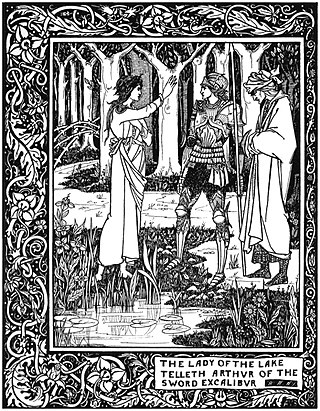
Romance, is a "a fictitious narrative in prose or verse; the interest of which turns upon marvellous and uncommon incidents". This genre contrasted with the main tradition of the novel, which realistically depict life. These works frequently, but not exclusively, take the form of the historical novel. Walter Scott describes romance as a "kindred term", and many European languages do not distinguish between romance and novel: "a novel is le roman, der Roman, il romanzo".
